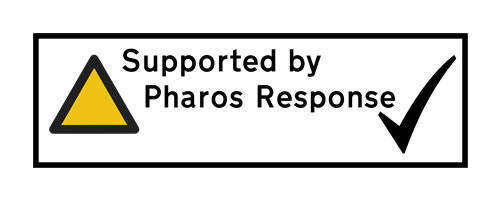Get the most out of your trek
Prepare properly for your trek with our trekking training tips be it UK Adventures or Overseas Treks
Treks can vary enormously in terms of daily distances, ascent, descent and altitude, but all they require a specific preparation to ensure you get the maximum from your trip. Our 10 trekking training tips include advice on trekking equipment, nutrition, hydration and specific trekking training will help you prepare correctly for your trek so that you’re not left nursing blisters and sore legs after the first day.
Start your trekking training early
Even if your planned trekking trip is 12 months away, it’s never too early to get started. Look to build your strength and fitness gradually, giving your body time to adapt to the new demands that you are placing on it, that way you can enjoy your training and avoid risking injury by trying to do too much too soon.
Choose the correct footwear for your trek
Good quality and appropriate footwear for your trip and your walking training is essential. A supportive boot with ankle protection is important. Make sure that your boots are thoroughly broken in and your feet have bedded in — the time for blisters is now, not during your trek. When purchasing your boots, try to shop in the afternoon when your feet have expanded slightly so that you get the correct size.
Iceland Laugavegur Trek (6 Days)
Don’t forget your walking socks
With plenty of footwear focus, it’s easy to forget about the best type of socks to wear. The right boots with the wrong socks will ruin your trekking trip so when trying on boots, wear the same socks that you intend to use for your trek.
Build leg strength with gym work
The ideal training for mountain walking is getting out there and actually walking in the hills. However, if you do not have the luxury of living in the hills or time to go out, then the stairs at home (or an office block of flats with lots of stairs) are a great place to start training. Most training should be part of an ongoing lifestyle but if this is not the case then you should begin training 3-6 months prior to the challenge and gradually build up as suggested.
Train on similar walking terrain
Walking training is essential but it is also important to try and mimic the conditions that you will experience as closely as you can. Try and train on similar terrain to that of your trekking location. For example, for a trek that includes mountain climbing, try some weekend scrambling as part of your training. Also, practice in the same footwear and clothes and experiment with a loaded backpack — it makes a big difference to your speed over the ground.
Practice using your backpack
It’s likely that you’ll be carrying items such as food, drink, spare clothing and possibly more, so your choice of backpack is important. Look for models with adjustable chest and waist straps so that you can position it correctly on your back and also with external compression straps so that the load doesn’t shift. More specialist types have removable bladders for liquid consumption on the go, but remember that water and washing facilities may be limited, so sterilisation may be difficult. Practice using your backpack (loaded) as part of your training so that you are used to the weight and position.
Use walking poles
Walking poles make a big difference to your trek. Lightweight and telescopic, they ease the load on knees and thighs on descents and give you ‘two extra legs’ on steep climbs.
They can also be used to help clear vegetation and have numerous uses in a campsite. Definitely one to try.
Hydrate yourself frequently when walking
Whether you are in a hot climate or not, your fluid intake will increase significantly when trekking. Losses on the breath and from sweating will serve to reduce your blood volume, resulting in your heart having to work much harder. By the time you feel thirsty you will already be dehydrated so try and drink small, frequent quantities of water throughout the day. Carry out the urine test to monitor your hydration: a pale straw colour indicates that you are well hydrated, anything darker means that you need to drink more.
Fuel your trekking
Similarly to hydration, your energy requirements will increase whilst you are trekking. Aim to eat small, frequent meals and snacks on the go to maintain energy levels. Depending on the part of the world, your favourite snack-type foods may not be plentiful, but fruit is frequently available which is easy to eat on the move and excellent for an energy boost. During your training, experiment with eating ‘on the go’, so that you get used to the feeling of food in your stomach when you are trekking.
Fit to trek
The fitter you are before you depart, the easier your trek will be, it makes sense, you want to get the most out of your trip by being in good shape and having suitable kit. By following the tips above, not only will you be well prepared for possibly a trip of a lifetime but you’ll get so much more out of your trekking experience.



